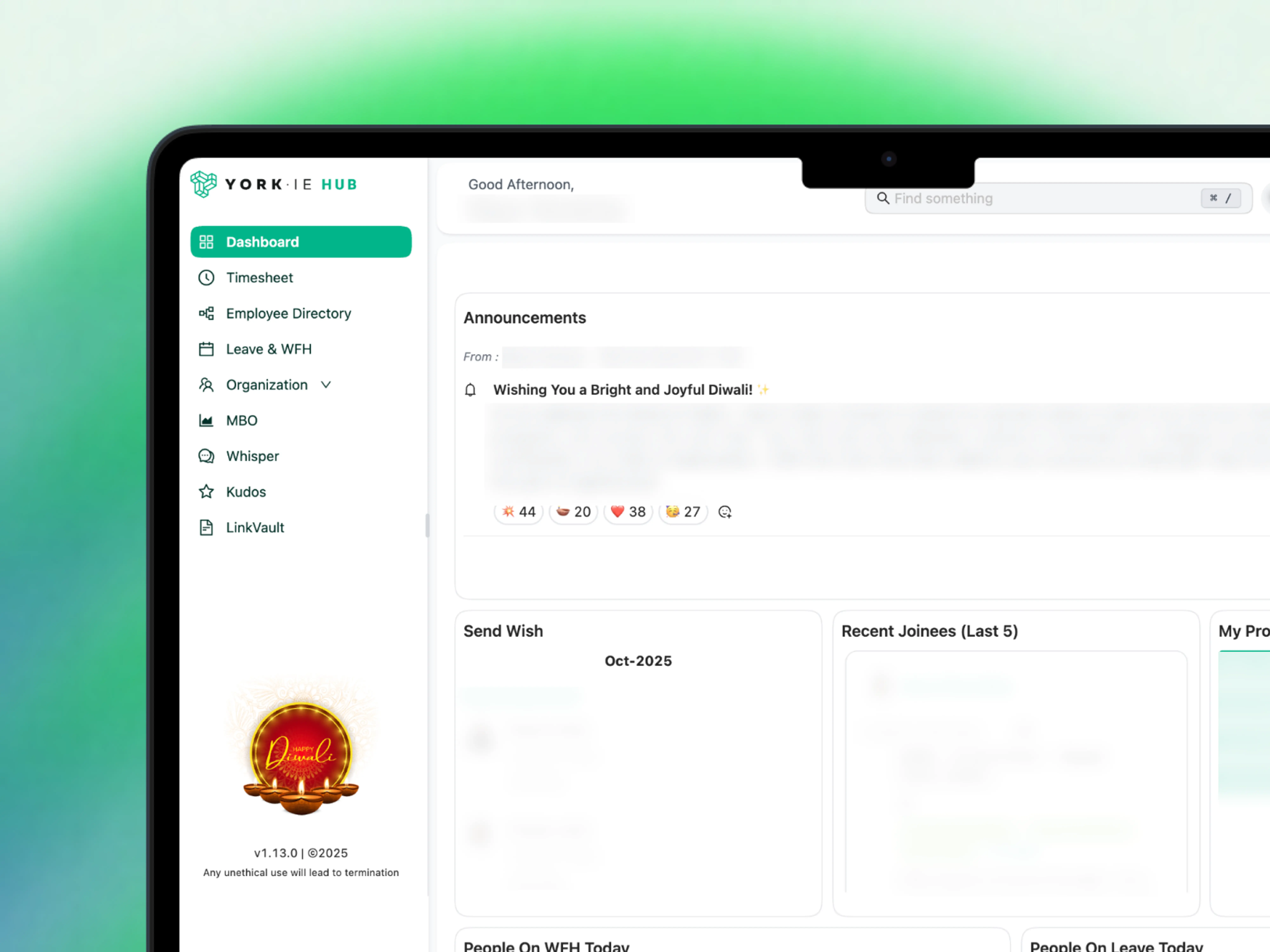Public relations has changed dramatically over the years. Once defined by press releases and newsroom contacts, today’s PR is an integrated, multi-channel discipline that plays a critical role in brand building, market visibility, and customer trust.
In a world where news travels fast (and attention spans are short), having a thoughtful, organized public relations plan is no longer a nice-to-have but a strategic imperative.
The Evolution of Public Relations
Gone are the days when PR simply meant getting your name in a newspaper. The rise of digital media, social platforms, and always-on audiences has expanded what PR looks like and what it demands.
Today, a strong public relations plan must include:
Content strategy across owned, earned, and shared channels
Media relations that go beyond distribution to relationship building
Social media amplification via employees, partners, and customers
Real-time engagement and storytelling
Post-launch momentum through thought leadership and strategic follow-up
Why PR Is a Startup and Scaleup Superpower
For early-stage and growth-stage companies, PR is one of the most cost-effective tools for building credibility and awareness. A well-executed public relations plan can:
Establish your team as thought leaders
Drive traffic to your website and blog
Attract talent, investors, and customers
Help you own your narrative before others shape it for you
But to unlock this value, you need more than a press release. You need a clear plan.
What Makes a Great Public Relations Plan?
A great public relations plan is structured, proactive, and cross-functional. That’s why we created the Public Relations Plan Template: to give you a framework that works, whether you’re launching a product, raising a round, or sharing a milestone.
Key Components of the Public Relations Plan Template:
Goals & KPIs: Define your purpose and what success looks like
Target Audience: Understand who your news impacts and why
Core Assets: From press releases to blog posts and social graphics
Media Targets: Identify and rank the reporters and publications that matter most
Timeline: A week-by-week breakdown of everything from drafting the press release to coordinating social media and thought leadership content
Here’s a sample of what you’ll plan for:
Drafting your press release two weeks ahead
Securing customer or analyst quotes to add credibility
Creating social content for employees and partners to amplify your message
Pre-pitching media under embargo the day before launch
Using newsletters, blog posts, and exec LinkedIn posts to extend reach
And most importantly, continuing the conversation after the announcement through thoughtful, value-driven content.
Tips for Navigating PR in 2025 and Beyond
Start early: Last-minute PR rarely gets results
Tell a real story: Not just what you’re doing, but why it matters
Think multi-channel: Your press release is just one piece of the puzzle
Make it easy to share: Equip employees and partners with templated copy
Measure and learn: Track metrics like coverage, engagement, and referral traffic


























